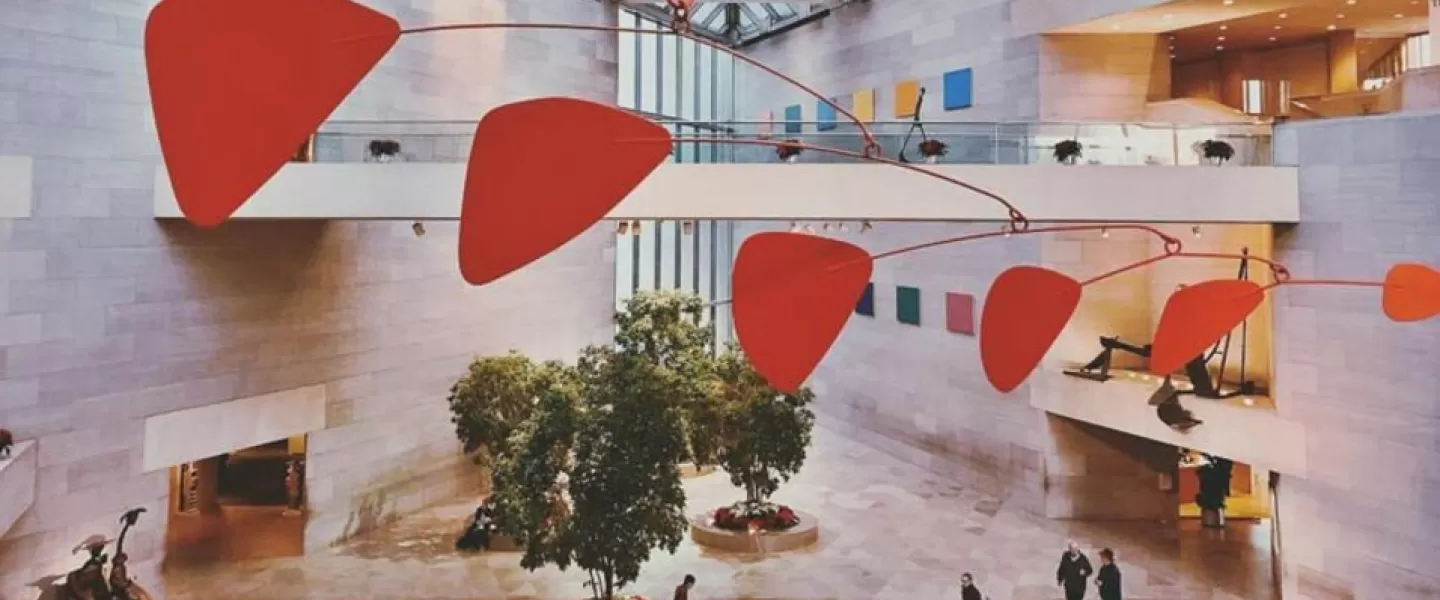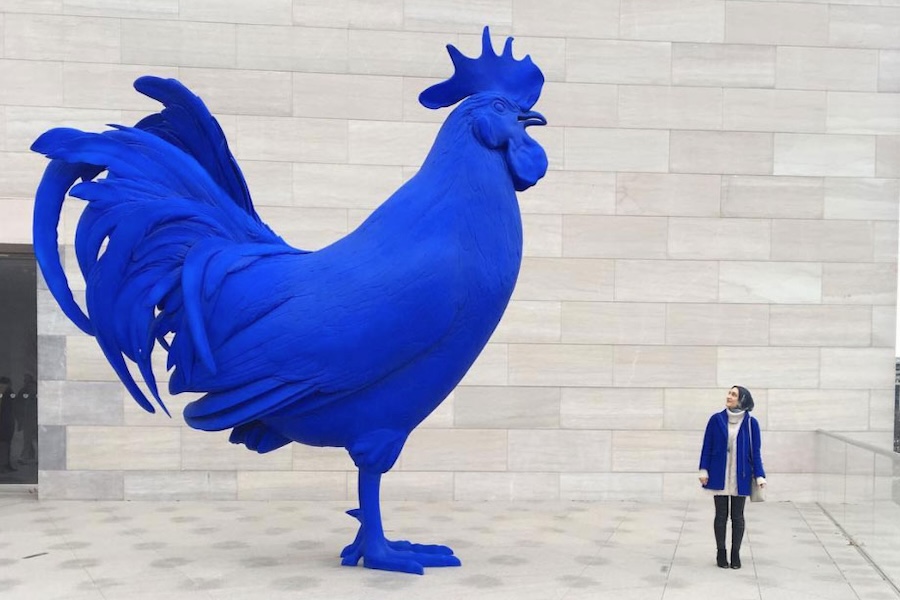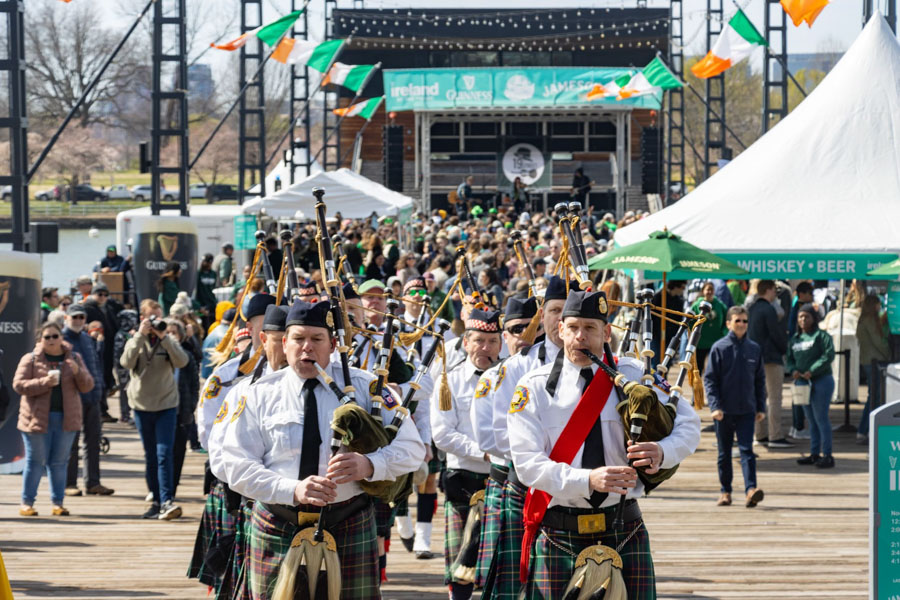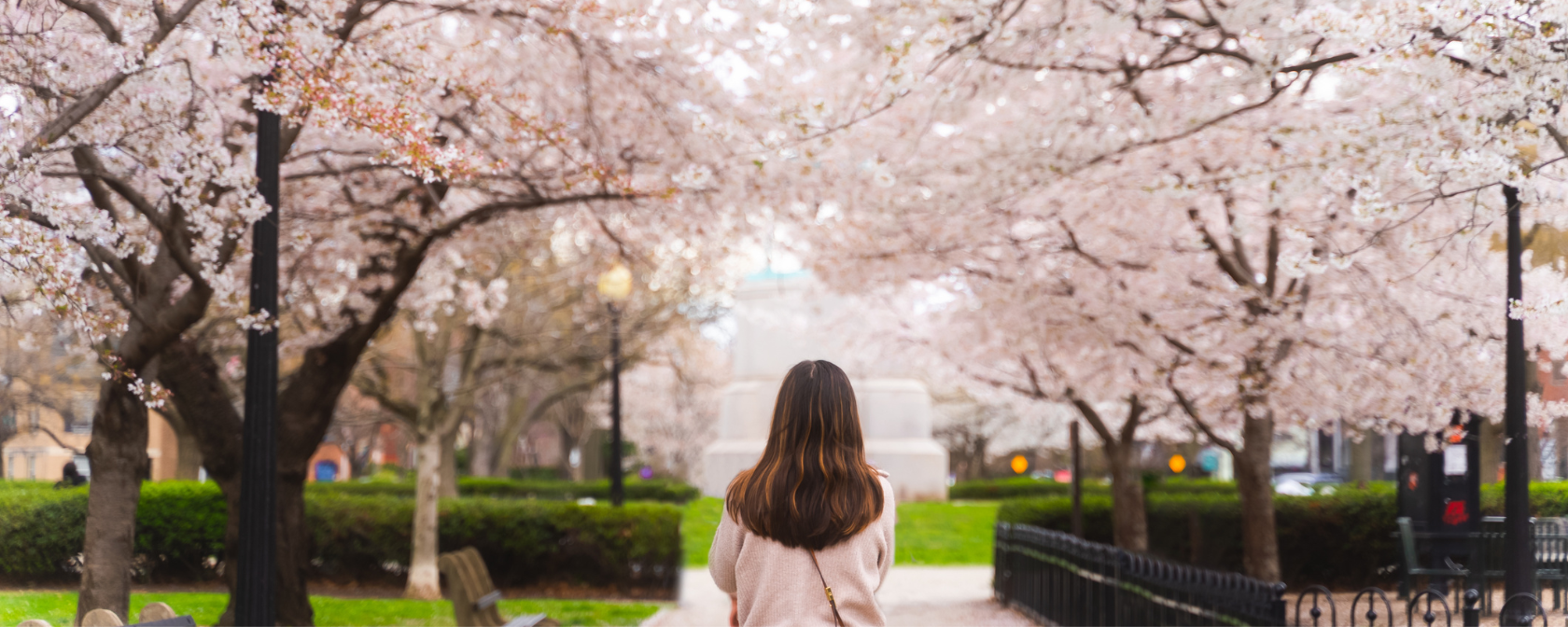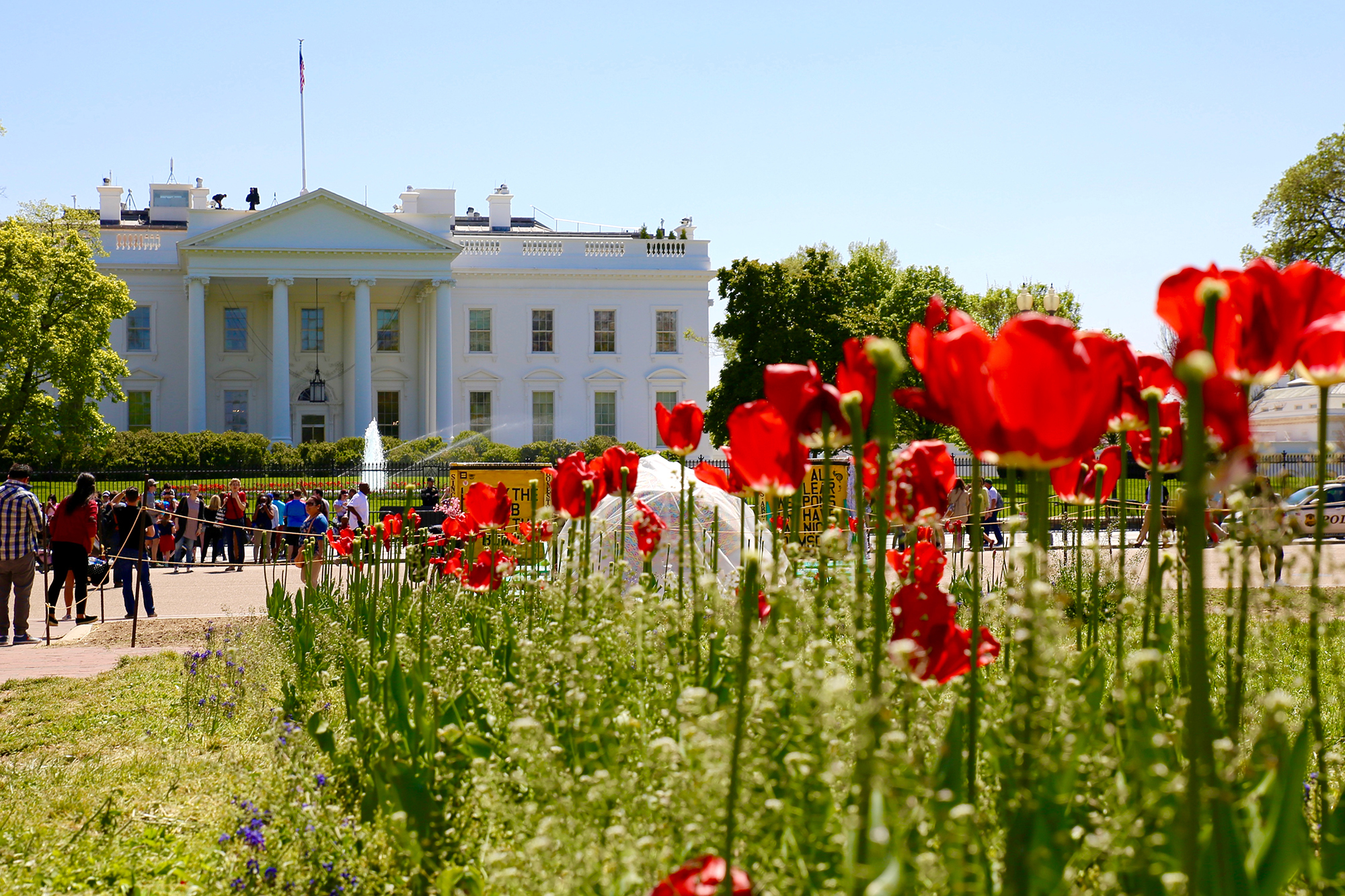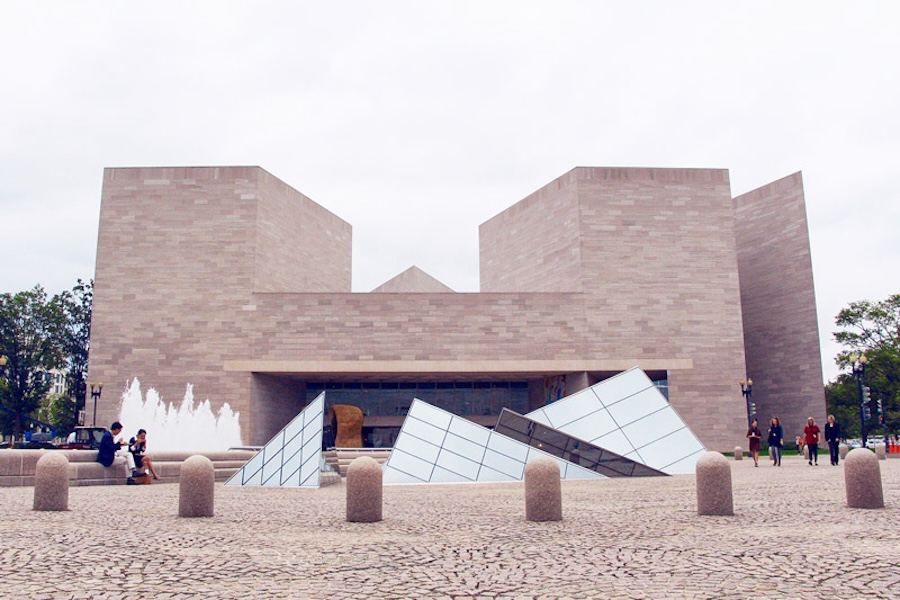
Explore modern artworks in this stunningly beautiful free museum on the National Mall.
Sandwiched between Pennsylvania Avenue and the National Mall, the East Building is the National Gallery of Art's wing closest to the U.S. Capitol and features two sky-lit tower galleries, two staircases connecting all levels of the museum, a rooftop terrace with a blue rooster sculpture and, best of all, more than 500 works of art, including works by Alexander Calder, Barbara Kruger, Jasper Johns, Pablo Picasso, Mark Rothko and so many more.
Since its opening in 1978, the East Building has been thoughtfully laid out to provide a walking chronology of artworks from the late 19th century to present day, as well as flowing exhibition spaces arranged by artist, theme and nationality.
Whether you’ve wandered the halls of the East Building in the past or you have yet to check it out, make sure to stop by these highlights during your next visit.

The I.M. Pei-designed East Building stands out in Washington, DC as a modern marvel, which sleekly contrasts with the Beaux Arts and Classical architecture seen throughout much of the nation’s capital. Architect I.M. Pei designed the museum based on an early sketch where the East Building is represented by two triangles. Featuring two sides of equal length, the isosceles triangle has been incorporated as a major feature of the building’s architecture.
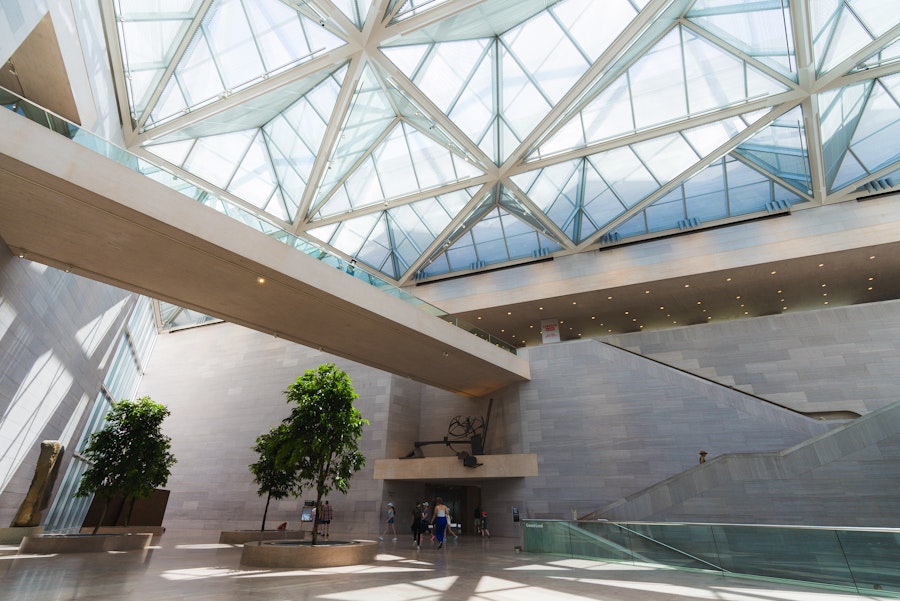
A peek over the railing of this staircase reveals two triangles placed end to end, forming a rhombus. This, and another set of stairs, connect museum-goers to all five levels of the East Building, improving the flow of foot traffic. A third set of stairs appears as if it converts 3D to 2D – as Instagram-worthy as it gets.
The roof terrace, which concept architect Perry Chin likens to a “zen garden,” gives visitors a moment to pause and catch their breath in between visiting galleries. It comes with views of the Smithsonian Castle, the U.S. Capitol and some awesome sculptures, including Katharina Fritsch’s cobalt blue Hahn/Cock.
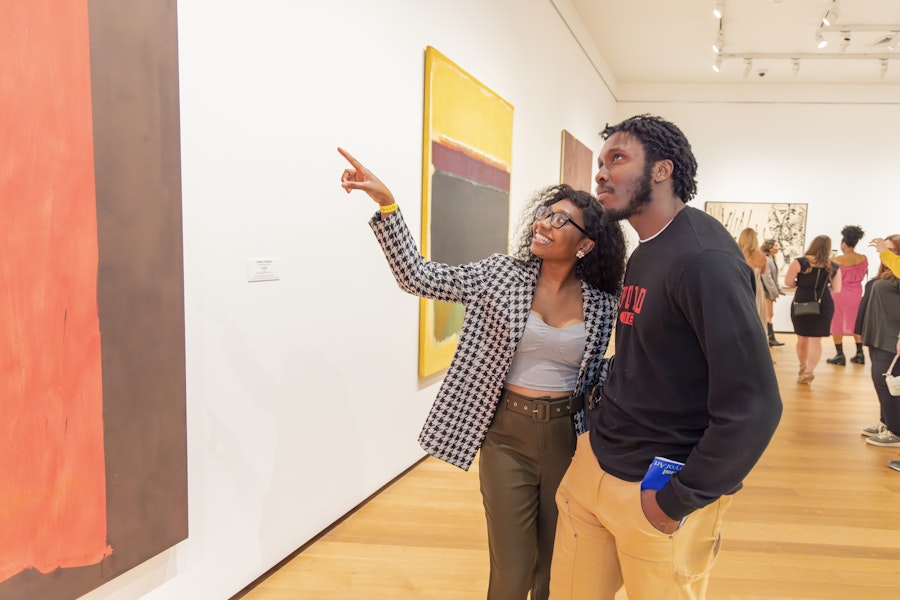
In the Tower 1 gallery, colorful canvases from groundbreaking abstract expressionist Mark Rothko are a highlight. The works rotate through the Gallery’s vast collection of Rothkos. Check out even more Rothko paintings at The Phillips Collection.
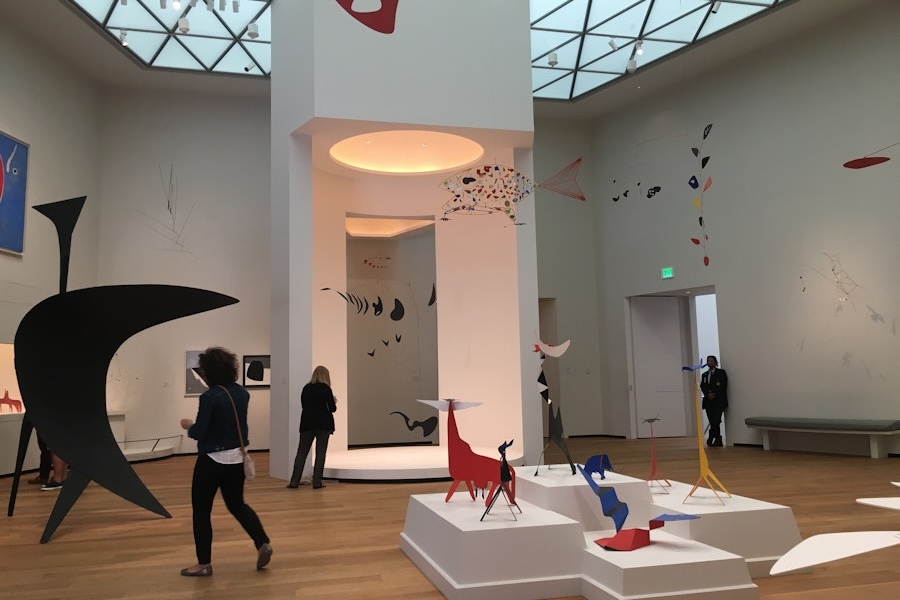
In Tower 2, Alexander Calder: A Survey boasts the largest display of works by the artist: 45 sculptures and paintings. The East Building’s wide-open atrium features a kinetic chandelier, a 76-foot-long mobile work that was the last sculpture Calder ever made. Unlike Calder’s other works, it remains Untitled because he passed away before he could name it.
In the upper level, you can explore inventive and iconic works of modern art. Among the artists featured are members of the Washington Color School of the late 1950s and '60s, including Gene Davis and Kenneth Noland.
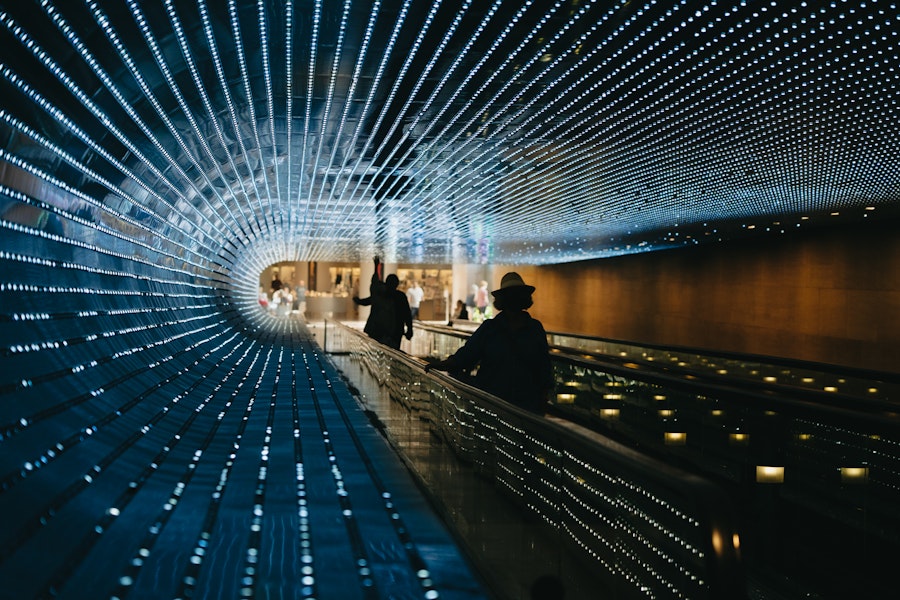
Now that you’ve explored all there is to see in the East Building, venture through Leo Villareal’s Multiverse to the National Gallery of Art West Building. A preview of what you’ll see: early American artists, as well as European masters like Da Vinci, Van Gogh and Monet.

